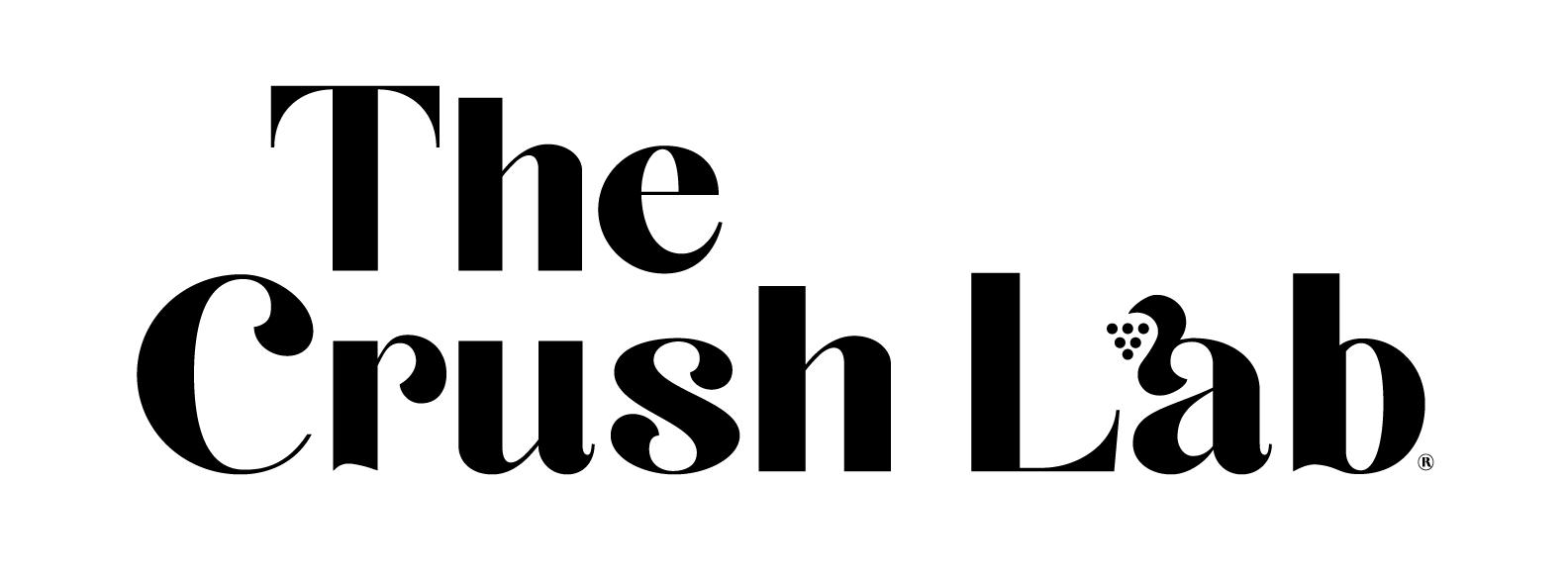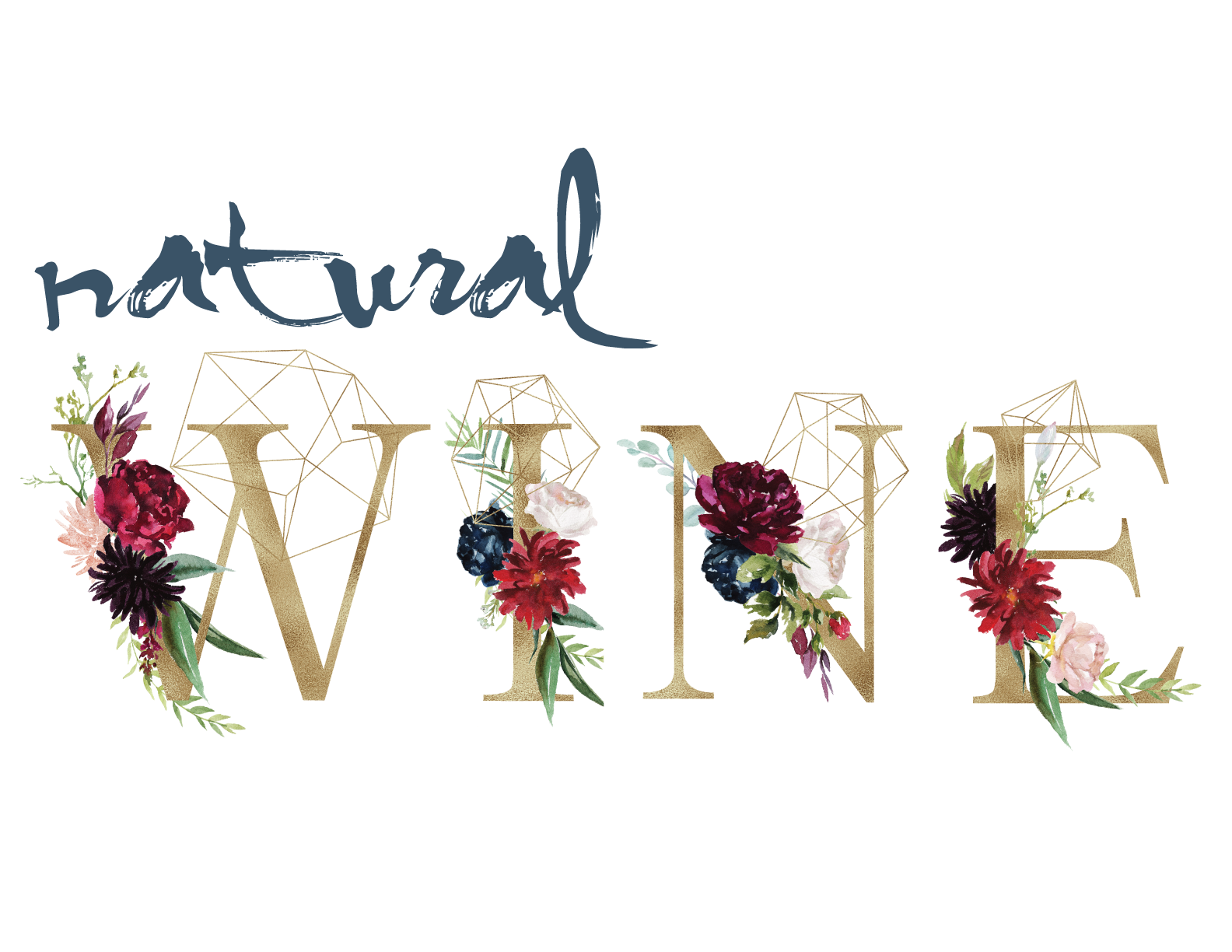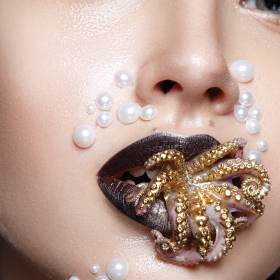If your favorite thing to do when you get home is slip into a nice bottle of Jendall Kackson, you are still living in the 80’s and this website may not be for you. Seriously, where the heck have you been this whole time?
I am not a geologist, a botanist, a chemist, or, for the sake of this article, a vigneron. What I am is a huge nerd, a nerd who borderline obsesses over the science of wine.
When I get the opportunity to visit vineyards I’ve been known to halt the herd on a certain block so that I can snag a soil sample and, as the consumption of wine progresses throughout the day, I have also been known to have gone “missing” only to be found by the search and rescue team cradling a oversized collection of rocks, pockets full of dirt, and holding my empty wine glass with my teeth.
Some would consider me to be high maintenance – I…am not going to argue with that.
For me, bringing home these test tubes of vineyard candy for “show and tell” keeps the wonder alive – with anyone who is willing to listen that is. I firmly believe that understanding soil and its effects on wine is truly an awe inspiring exploration. It is a never ending pursuit that should be alive and incumbent for someone who would like to consider themselves a connoisseur of wine.
Listen, I enjoy shopping at Whole Wallet for the obvious reasons. You get it right? You are surrounded by produce that has had its best interest in mind from inception. You can purchase chicken that was so free range they owned their own passports, the beef available comes from cows that were fed prime feed prepared by Michelen Star Chefs, and the happy, plump pigs – well, they enjoyed pre fix dinners paired with only the finest juices every day of the week.
That’s how the story goes, right? Giant peaches, spiders webs with words, and mice who know how to sew and track down a glass slipper if the situation calls for some mobster intervention.
We can only assume that the fruit on the this enchanting farm had an equally posh existence. When the time is ready (when Mercury is in retrograde, obviously) they were hand picked with a sweet whisper from a handsome farmer (you have to be from Oklahoma to have the ability to easily register “farmer country chic” but just picture Blake Shelton for now) who stores the fruit in a burlap bag that is saddled onto his majestic steed. On its gentle trot back to the farmhouse it enjoys the glorious warmth of one last perfect sunset. The fruit is calm. It knows it is in good hands. It knows that its true expression will live on.
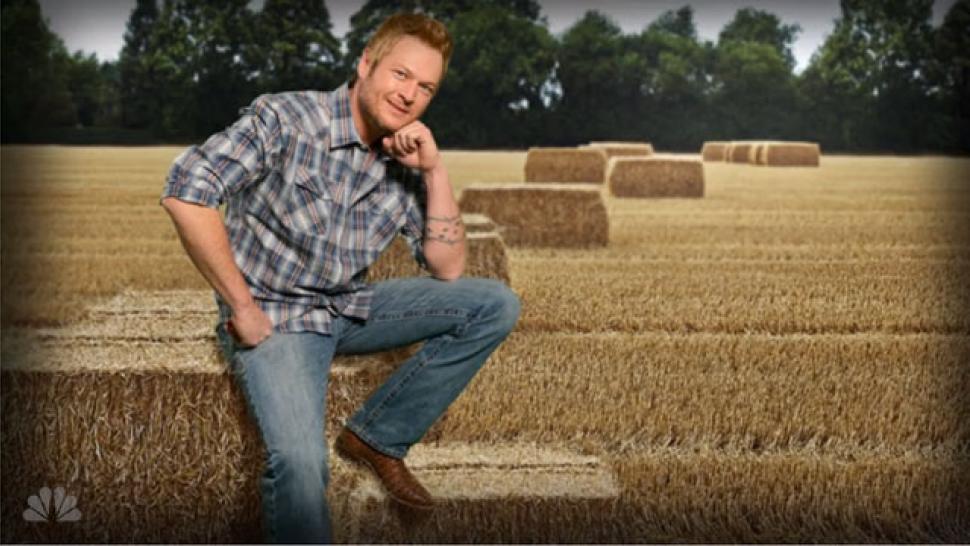
Photo Credit : www.etonline.com
With a compassionate press, the handsome farmer and his beautiful wife (you just pictured Gwen Stephani – it’s ok, so did I) will transform the fruit into juice, careful not to rupture the soul, leaving the nuggets of pulp, stardust, and charm in tact. Nothing added, nothing taken away. Pure unadulterated juice. The viscous compote of flavor is raw and gritty with a vibrant center, the visuals cloudy…
So why doesn’t wine look cloudy? I mean, wasn’t the process carried out the same way? The delicate ecosystem – the graceful and compassionate farmers – the sunset – the magic…
To be very, VERY general here, there is wine and then there is natural wine…wait, hold up, isn’t all wine natural?
Nope, and I hate to be the one to break it to you, but not all wine lives matter.
As a whole we did this to ourselves. Our obsession with brand names, who wore it better, and materialism made the wine industry well, a cash cow. As humans we are hardwired to be a part of what is popular, copying the behavior of others is practical and in some cases necessary for survival.
This very fixed human instinct gave the wine industry the green light to use the excess profits from an initial investment and duplicate that investment model over and over again. Each time cutting more corners, each time reducing the quality of the product, each time creating more brand loyal customers by mass production, all the while leading you to believe that all wines are created equal.
Master of Wine, Isabelle Legeron (one my personal heros in the wine world) explains this very notion in her book Natural Wine –
“Like so many other industries, wine moved from being handmade and artisanal to being large scale and industrialized. There is nothing remarkable about this except that, unlike other industries, our impression of how wine is made seems to have stayed put. People still believe that wine is produced by humble farmers with little intervention as possible – and brands everywhere are happy to comply with this illusion. When you realize, for example, that three wine companies accounted for nearly half of all the wine sold in the United States in 2012, while, in Australia, the top five accounted for over half of the national crush, it’s clear that there is a disconnection between what wine is and what is appears to be.”
LEGERON, ISABELLE. NATURAL WINE. CICO Books, 2017.
If you need to take a moment to let that sink in, I completely understand.
When we speak in terms of biodynamics on the vineyard we can look at three main categories. The Etheric (Plants), the Astral (Animal), and the Ego (Human). The vineyard management of one who seeks to produce natural wine not only exercises these three schools of thought, but is motivated to take extra steps in their farming practice to prevent any foreseeable issues for the end product. They do only what they need to do to create a self sustaining environment.
For example, this may be introducing certain animals and insects into the habitat to do the work of machinery and chemicals. Or maybe it is introducing a specific plant that contains a fungi that can balance out the ecosystem. When an issue arises in the production of wine, then follows a correction. These very corrections can start to pile up, much like when I try to do a smokey eye and end up looking like Alice Cooper. The main goal for natural wine is prevention rather than treatment. I should follow this school of thought for my own good – just throw away my eye shadow and be done with it…
The soil, as you will come to find out by reading my articles, is the end all beat all for wine production, especially natural wine production. Isabelle Legion MW goes on to quote, Tony Juniper (a British Environmentalist) –
“It is estimated that ten grammes (that is about a tablespoonful) of healthy soil from an arable landscape is home to more bacteria than there are people on this earth.”
LEGERON, ISABELLE. NATURAL WINE. CICO Books, 2017.

Photo Credit : www.tonyjuniper.com
Mind. Blown.
These underground bacterial baptisms send nutrients to the vine. Without them, the vine, not matter how strong its will to survive, no matter how much water, sunshine, magic, and gentle whispers, will not prevail.
These countless decisions day in and day out on the vineyard are only the first step in the natural wine process. Next comes fermentation. As you can now begin to imagine the myriad of decisions you can make concerning vineyard management, you equally have the same amount during fermentation. The grape microbial flora that was created on the vineyard will translate to the wine’s composition and flavor.
The stress of not fucking this part up has to be intense.
The microorganisms and yeast that are already present on the grape skins have been camping out with anticipation for the grape skin to break so that they can rush in and start to decompose the complex organic compounds inside. The ambient yeast (the yeast that is present on the grape skins) can be unpredictable and a bit of a wild child (a bit like me after 7 shots of tequila and 2 piña coladas at a beach party. Ahhh, Mehhiko – you do it to me every time). Fermentation for natural wine can be quick or take years to complete. The “Ego” must be nonexistent in the winemaker. Patience has never been such a virtue. You can also purchase certain yeast strains that will impart certain flavors to the wine. This is all well and good just not the MO for natural wine production.
Another hot topic is sulfites. If a bottle of wine says “no sulfites” it just means that no sulfites were added after fermentation. Sulfites are a natural byproduct of fermentation, it is simply IMPOSSIBLE to have a wine with zero sulfites, they serve as a natural preservative for the wine by preventing oxidation. If there were no sulfites present, the wine would instantaneously turn to vinegar. Natural winemakers are extremely gentle and hyper focused on the amount of sulfites that are added after fermentation. You, yourself, produce about 1000mg of sulfites a day.
For the love of all that is awesome in wine, stop with this “sulfites give me a headache” nonsense, there is ZERO research that supports such drama – in fact, if sulfites were the culprit then you will need to stop eating/drinking anything with high fructose corn syrup to lime juice, to salad bar lettuce, to pickles, to pie dough, to maraschino cherries, to dried cod – I know the last one sounded like I made it up but this is all legit. In fact, according to “The Re-Examination of the GRAS Status of Sulfating Agents” by Bethesda, MD printed in 1985 –
All dried fruit (excluding raisins and prunes) have 1.2mg of sulfites per serving, wine contains 10 times less than this.

Take that Sulfite drama somewhere else.
The French term “Au Naturel” translates to “In the Natural State”, but you will more than likely not see this familiar term anywhere on a bottle. There is really no exact process that everyone as a whole has agreed upon that can deem a wine a natural wine. The term natural wine, for the most part, is a “new movement” – which is mind boggling because this is how it was all done in the first place 8,000 years ago. When and where did we get lost? Humans (face palm)…
Instead of looking for some type of distinction on the bottle (every country has its own regulations on how they are starting to translate this to the consumer), I encourage you to take a look at the contents inside. For the most part, natural wine producers want to showcase their accomplishments, therefore bottling their masterpieces in a transparent bottle (but not always the case). The wine will more than likely (but again, not always) look opaque and you will see remnants of their stardust inside.
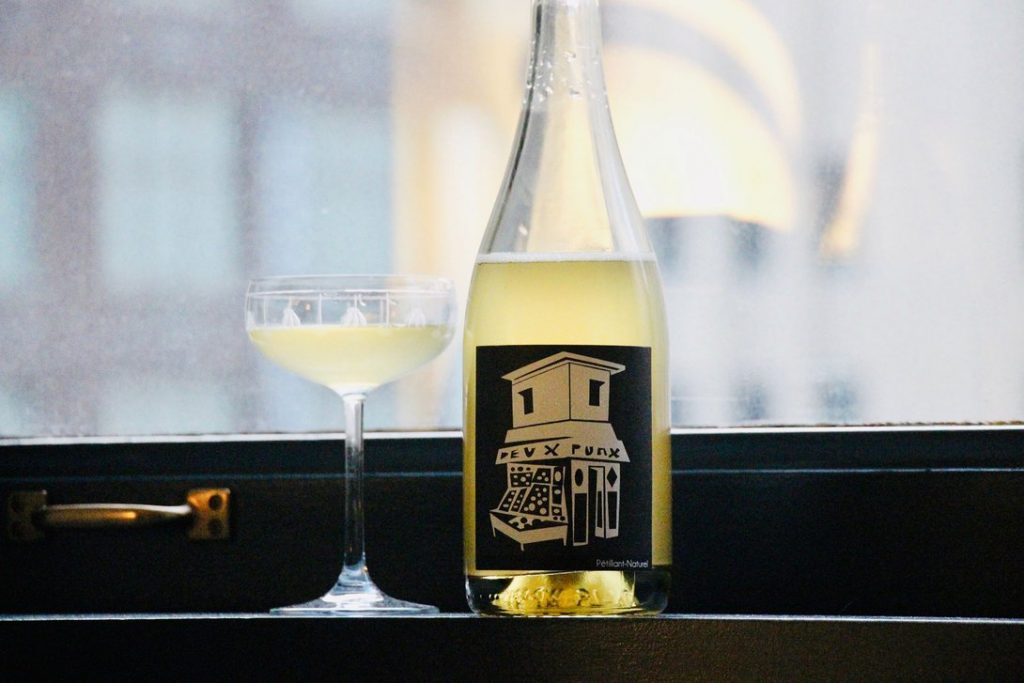
Photo Credit : www.rockjuiceinc.com
100% Muscat Blanc – Pétillant-Naturel from Deux Punx
My best advice to you is to seek out your favorite restaurant or retailer to ask them about their selections. One of my favorite natural wine advocates is Mona Chow over at Wine and Spirits Emporium in Edmond. She is always excited to rhapsodize about natural wine and walk you through her natural wine selection.
Oklahoma needs more Monas. Hi five, sister!
Natural wine is a trip! I have smelt and tasted flavors I never thought possible in a wine. Depending on the grape, the overall composition can range anywhere from sweet to floral to meaty. I have never met a natural wine I didn’t like.
Side note – sometimes the initial pour of a natural wine can be a little funk master flex, but just give it a moment to wake up – it will prove to be delicious!
Take the grape you love to drink most often and imagine those flavors in technicolor! It’s beautiful. The hangovers aren’t so bad either – don’t worry, you will still be the crazy animal everyone loves when you drink it. If you are a beer lover you are also in luck as it is a general agreement in the wine industry that natural wine is the gateway to wine for a steeadfast beer drinker. Have I convinced you yet?
If your favorite thing to do when you get home is slip into a nice bottle of Jendall Kackson, you are still living in the 80’s and this website may not be for you. Seriously, where the heck have you been this whole time? Even if it isn’t natural wine you are excited to try, be adventurous and YOLO the shit out of it! Life is too short.
Get weird, nerd out, and call me in the morning.

Below are some natural jams for your listening pleasure –

